EuroPA Alliance to Add 5 Countries, Connecting 100 Million Users Across Europe
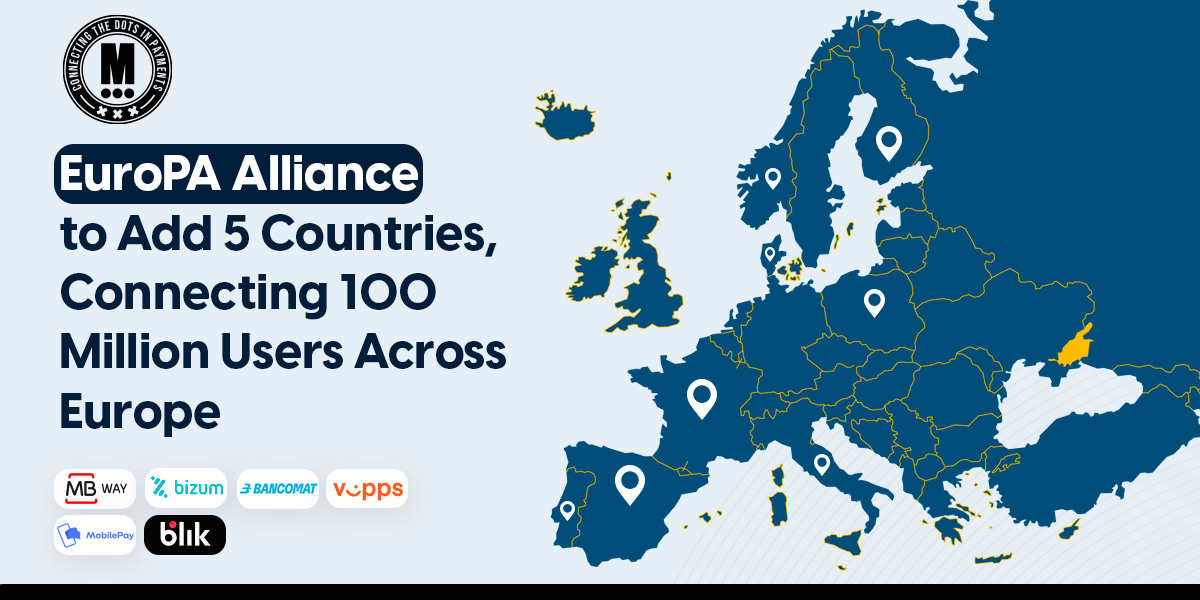
Hey Payments Fanatic!
What began as a national-level solution for instant payments across Europe has this year evolved into a trilateral bridge linking Portugal’s MBWay, Spain’s Bizum, and Italy’s BANCOMAT, connecting 45 million users. Now, it’s preparing to extend its reach northward.
By 2026, five new countries, Norway, Denmark, Finland, Sweden, and Poland, are expected to join the alliance, raising the potential reach to over 100 million users.
EuroPA, the European Payments Alliance, has been active since March, enabling real-time transfers between its founding members. The upcoming integration of Vipps MobilePay, which serves 12 million users across the Nordic countries, and Poland’s BLIK marks a significant step toward broader interoperability in P2P payments.
“Europe – here we come!” said Rune Garborg, CEO of Vipps MobilePay, as he announced the expansion. His words reflect the momentum behind this collaboration, which aims to make cross-border transfers feel as simple as domestic ones.
The shift also aligns with earlier statements from Madalena Cascais Tomé, CEO of SIBS, who has advocated for truly integrated European payment solutions. Meanwhile, the European Payments Initiative (EPI), developer of Wero, the Franco-German-Belgian answer to local payment needs, is reportedly in talks with EuroPA over possible technical cooperation. Martina Weimert, CEO of EPI, confirmed: “The urgency of Europe becoming more independent from American companies in payment transactions has increased.”
What stands out is that it looks like each national platform will maintain its own branding and user experience, while becoming fully compatible with the others, building on local trust while enabling seamless interoperability behind the scenes.
It remains to be seen whether more European countries will join the initiative and help shape a truly pan-European instant payments network, one that could one day rival the scale and cohesion of India’s UPI or Brazil’s PIX.
Read more global payment industry updates below 👇 and I'll be back with more tomorrow!
Cheers,
INSIGHTS
🇳🇱 What is Pay by Bank and how does it work? by Mollie. Explore how Pay by Bank and Open Banking payments work and the benefits they offer to both businesses and customers. This article will explain these things further. Read on
PAYMENTS NEWS
🇺🇸 Square debuted Square Releases, a new biannual product launch that delivers the most important new features and tools, all at once. It gives businesses a simple, consistent way to discover what’s new, understand what’s next, and take action to grow.
🇺🇸 PayPal Crypto Head says banks are needed to unlock full stablecoin potential. Jose Fernandez da Ponte's remarks came amid efforts to bring regulatory clarity for digital assets in the U.S., with lawmakers inching closer to passing stablecoin legislation that could redefine the market and allow banks to enter the space.
🌍 Billie's first B2B 'pay later' solution is generally available on Stripe. With Billie, business customers can get up to 30 days of deferred payment, while the seller gets paid immediately. This not only offers extra flexibility for the buyer but also certainty and improved cash flow for the seller.
🇮🇸 Iceland's Arion Bank upgrades payments infrastructure with Volante. Through the partnership, Volante will integrate its Payments-as-a-Service solution into Arion's tech stack. The cloud-based solution supports end-to-end processing across a range of payment types.
🇸🇪 coeo Inkasso Sweden partners with Neonomics. The partnership is expected to streamline debt collection payments while leveraging Nello Pay, an Open Banking-powered solution that allows secure and straightforward transactions directly from customers’ bank accounts.
🇺🇸 Lithic's platform now includes American Express card issuing. Through this move, FinTech companies, regardless of their size, are set to be able to apply to develop and expand payment solutions for consumers and businesses by accessing the American Express network.
🇧🇭 Myne chooses FinTech Galaxy to power open banking data and payments in GCC, starting in Bahrain. The app will offer seamless, secure, and instant payments, enabled by FinTech Galaxy’s capabilities. It will also enhance engagement, build trust, and provide actionable insights for more personalized financial experiences.
GOLDEN NUGGET
How do VISA & Mastercard make money?
This 6-step diagram shows the economics of the Credit Card payment flow from a bird’s-eye view:
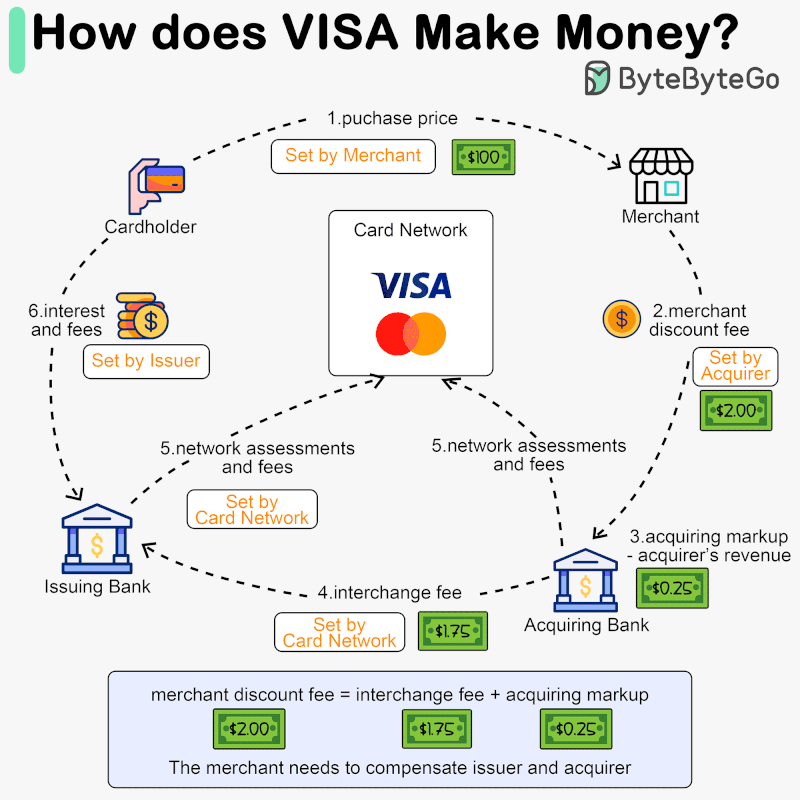
1️⃣ The cardholder pays a merchant $100 to buy a product.
2️⃣ The merchant benefits from the use of the credit card with higher sales volume, and needs to compensate the issuer and the card network for providing the payment service.
The acquiring bank sets a fee with the merchant, called the “𝐦𝐞𝐫𝐜𝐡𝐚𝐧𝐭 𝐝𝐢𝐬𝐜𝐨𝐮𝐧𝐭 𝐟𝐞𝐞.”
3️⃣-4️⃣ The acquiring bank keeps $0.25 as the 𝐚𝐜𝐪𝐮𝐢𝐫𝐢𝐧𝐠 𝐦𝐚𝐫𝐤𝐮𝐩, and $1.75 is paid to the issuing bank as the 𝐢𝐧𝐭𝐞𝐫𝐜𝐡𝐚𝐧𝐠𝐞 𝐟𝐞𝐞.
The merchant discount fee should cover the interchange fee.
The interchange fee is set by the card network because it is less efficient for each issuing bank to negotiate fees with each merchant.
5️⃣ The card network sets up the 𝐧𝐞𝐭𝐰𝐨𝐫𝐤 𝐚𝐬𝐬𝐞𝐬𝐬𝐦𝐞𝐧𝐭𝐬 𝐚𝐧𝐝 𝐟𝐞𝐞𝐬 with each bank, which pays the card network for its services every month.
For example, VISA charges a 0.11% assessment, plus a $0.0195 usage fee, for every swipe.
6️⃣ The cardholder pays the issuing bank for its services.
Why should the issuing bank be compensated?
► The issuer pays the merchant even if the cardholder fails to pay the issuer.
► The issuer pays the merchant before the cardholder pays the issuer.
► The issuer has other operating costs, including managing customer accounts, providing statements, fraud detection, risk management, clearing & settlement, etc.
Source: ByteByteGo
Want your message in front of 100.000+ FinTech fanatics, founders, investors, and operators?
Shoot me a message on LinkedIn or send me an e-mail.


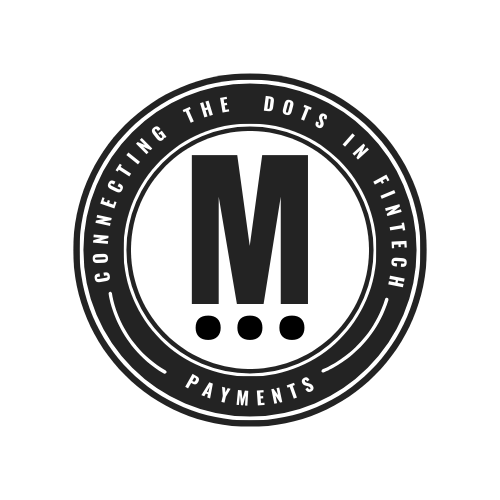
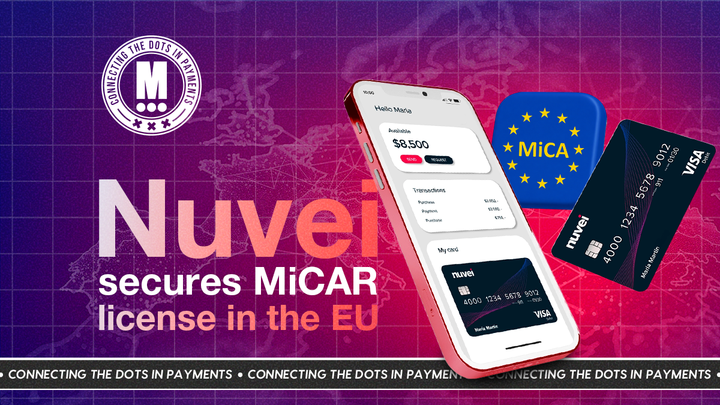
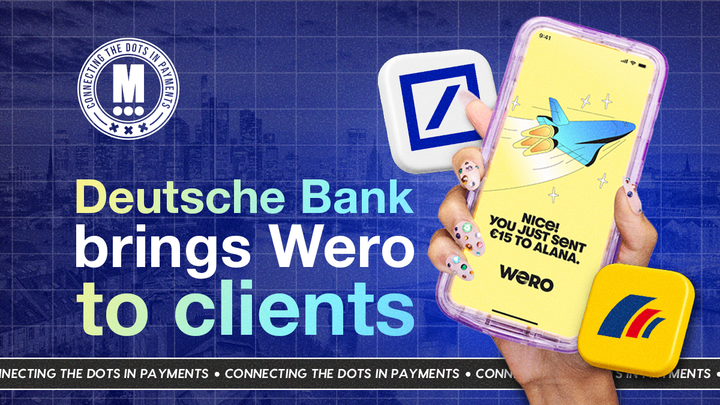
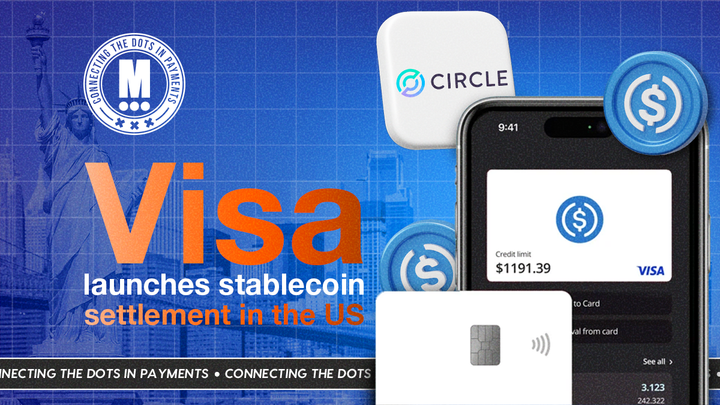
Comments ()